OUR HERITAGE
Gus Fisher Gallery stands on the original shoreline of Tāmaki Makaurau. Overlooking Te Rerenga Ora Iti (Point Britomart), Shortland Street was the city’s first main street. The land beyond the gallery to the current shoreline is reclaimed wharf, and the headland Te Rerenga Ora Iti has been almost completely quarried away.
Ngāti Whātua Ōrākei is mana whenua of central Tāmaki Makaurau. After signing Te Tiriti o Waitangi in 1940, Ngāti Whātua paramount chief Āpihai Te Kawau gifted land for British settlement on the Waitematā.
Opened in January 1935 as the Southern Hemisphere’s largest purpose-built broadcasting studios, 74 Shortland Street was home to the Radio 1YA broadcasting studios. Described as a “magnificent broadcasting palace”, the studios were at the cutting edge of technology and architecture at the time and the first of their kind in the Southern Hemisphere. When experimental television transmissions began in Aotearoa New Zealand in the 1950s, 74 Shortland Street was deemed the ideal location for this new form of broadcasting. On 1 June, 1960 the first night of official programming was broadcast live to Tāmaki Makaurau Auckland from a rudimentary set-up in the Shortland Street Studios.
Image: Exterior view of Radio 1YA’s Broadcasting Station. Courtesy of Auckland Museum Tāmaki Paenga Hira.
About Gus Fisher (ONZM)
Gus Fisher Gallery was founded due to the generous support of local fashion designer, manufacturer and philanthropist Gus Fisher (1920-2010).
Gus Fisher rose to prominence as a fashion designer in the wake of World War II, when Christian Dior’s ‘New Look’ was sweeping through Europe and the United States. As managing director of his fashion label El-Jay, Fisher signed a deal in 1954 to produce Christian Dior’s designs under licence at his factory in Tāmaki Makaurau Auckland. At a time when conservative British fashion trends were widely worn in Aotearoa New Zealand, Gus Fisher’s innovative Parisian designs and partnership with Dior were pioneering in the local fashion industry. El-Jay produced inspiring clothing for 50 years, winning accolades such as the Best Pure Wool Garment, Best Wool Knit Garment, International Award at the 1971 EVE Fashion Awards for a black velvet full-length coat which the judges felt “would be acclaimed anywhere in the world”. El-Jay became the longest holder of the Dior licence in the world, reflecting the high quality of the clothing which the label produced.
Gus Fisher was also a keen lover of art, and extensively collected 20th century artworks. He collected numerous works by Aotearoa artists including Frances Hodgkins, John Weeks and Rita Angus, as well as contemporary figurative painters Pat Hanly, Jeffery Harris, Colin McCahon and Tony Fomison.
In 2009, Gus Fisher became an Officer of the New Zealand Order of Merit for his services to philanthropy. In 2010, he and his wife Irene received the fifth annual Arts Foundation of New Zealand award for their patronage and contribution to the national arts. The same year, Gus Fisher Gallery held an exhibition celebrating the success of Gus Fisher’s fashion brand, Looking Terrific: The Story of El-Jay, curated by Doris De Pont of the New Zealand Fashion Museum.
Alongside establishing Gus Fisher Gallery, Fisher supported the establishment of the Kenneth Myers Centre, the Auckland Museum Redevelopment Programme, the Auckland Art Gallery, the McCahon House Trust, the Auckland Festival, and the University of Auckland Medical School.
Image: Gus Fisher with his wife Irene Fisher.

Gus Fisher Gallery
74 Shortland Street
Tāmaki Makaurau Auckland Central 1010
Tuesday – Friday:
10am – 5pm
Saturdays:
10am – 4pm